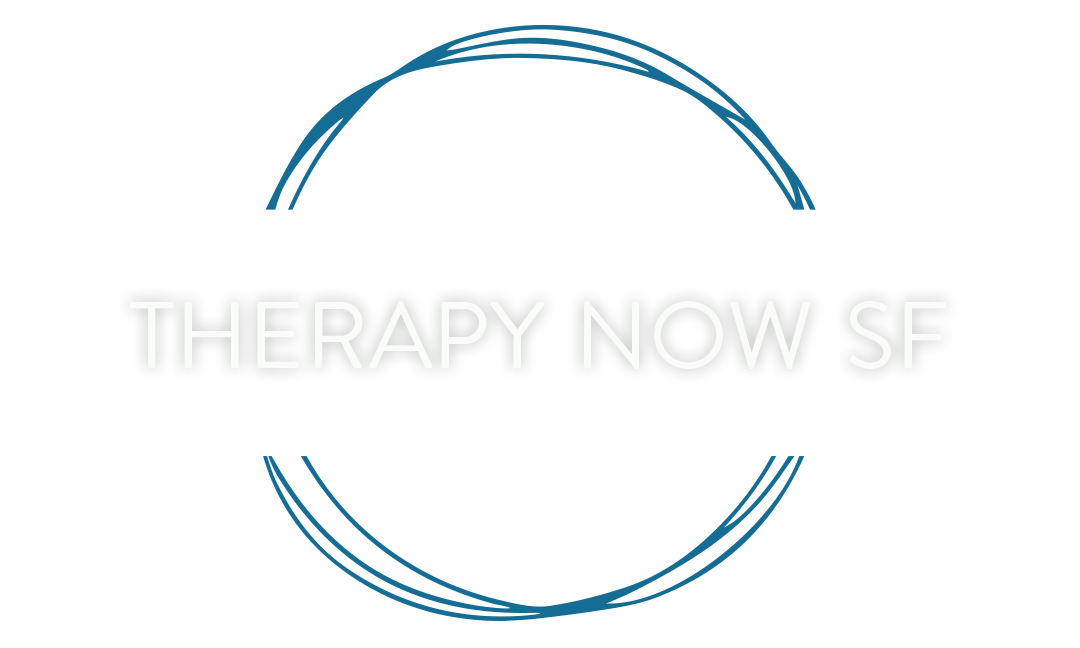By Neko Milton
What is it: Cyberbullying is bullying that takes place over digital devices like cell phones, computers, and tablets. Cyberbullying can occur through SMS, Text, and apps, or online in social media, forums, or gaming where people can view, participate in, or share content. Websites like YouTube, Instagram and Snapchat allow kids to send hurtful, ongoing messages to other children 24 hours a day. Some sites, such as Instagram, allow messages to be left anonymously.
What to look for: Many of the warning signs that cyberbullying is occurring happen around a child’s use of their device. Some warning signs include;
Noticeable increases or decreases in device use, including texting.
A child exhibits emotional responses (laughter, anger, upset) to what is happening on their device.
A child hides their screen or device when others are near, and avoids discussion about what they are doing on their device.
Social media accounts are shut down or new ones appear.
A child starts to avoid social situations, even those that were enjoyed in the past.
A child becomes withdrawn or depressed, or loses interest in people and activities.
What to do: If you notice warning signs that a child may be involved in cyberbullying take steps to investigate that child’s digital behavior;
Observe your child for signs they might be being bullied
have open-ended conversations where you can learn what is really going on at school so that you can take the appropriate steps to rectify the situation. Most importantly, let your child know you will help them and that they should try not to fight back
Teach your child how to handle being bullied
Practice scenarios at home where your child learns how to ignore a bully and/or develop assertive strategies for coping with bullying.
Support
Peers, mentors, and trusted adults can sometimes intervene publicly to positively influence a situation where negative or hurtful content posts about a child. Public Intervention can include posting positive comments about the person targeted with bullying to try to shift the conversation in a positive direction. It can also help to reach out to the child who is bullying and the target of the bullying to express your concern. If possible, try to determine if more professional support is needed for those involved, such as speaking with a guidance counselor or mental health professional.
References:
https://www.apa.org/helpcenter/bullying
https://www.stopbullying.gov/cyberbullying/how-to-deal-with-haters


